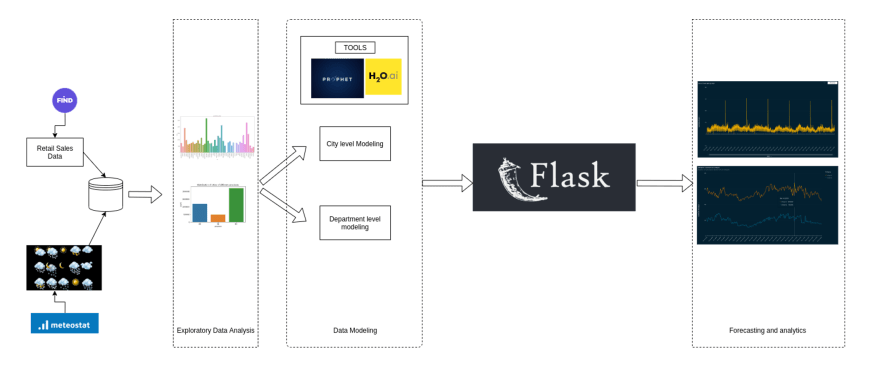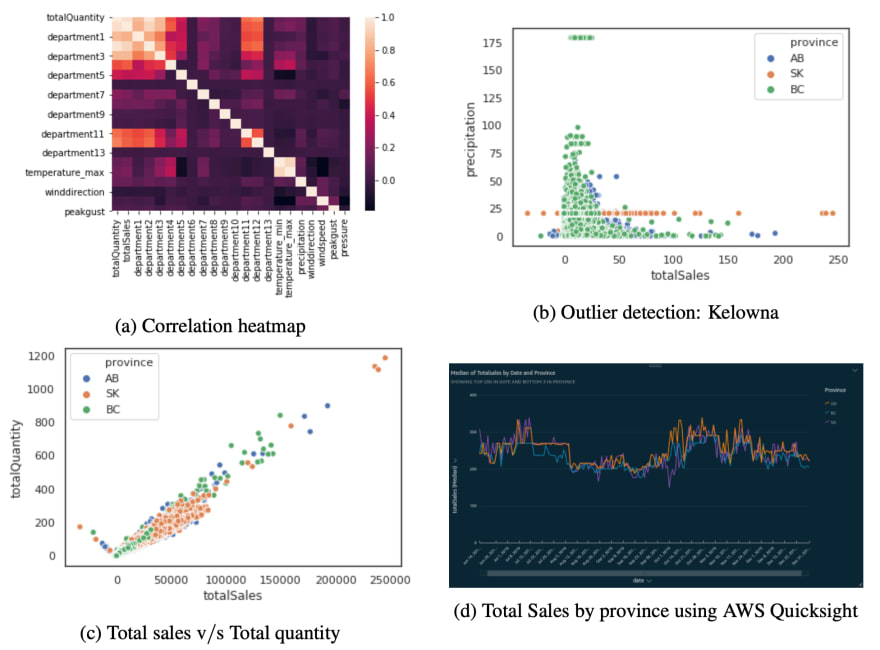Welcome to Trendcast 👋
Exploring the Impact of Weather on Short-time Demand Forecast for Fashion Retailers.
OurDashboardwill predict your inventory requirements with the help ofpast salesand real-timeweather forecast
✨ Demo
Go to the app folder and run:
python app.pyMake sure to install the requirements before you start the flask app.
🚀 Development Setup
Clone the repository:
git clone https://github.com/inderpartap/trendcast.gitInstall the application requirements in a linux environment:
pip install requirements.txtMake sure to add a retail dataset in the data folder to start working.
Columns used in our the dataset are (date, province, city, category, department, class, article, totalSales, totalQuantity)That's it. You can now start contributing to the project.
Code Contributors
Thanks to the following people who have contributed to this project:
-
@inderpartap
🎨 💻 -
@najq
📹 💻 -
@pallavibharadwaj
📆 💻 -
@THEMrinaal
🔣 💻
🤝 Contributing
Contributions, issues and feature requests are welcome…








